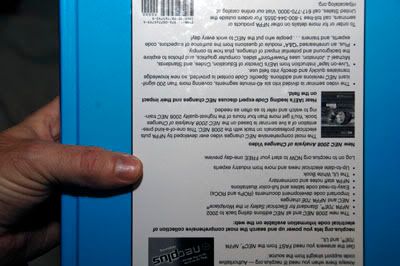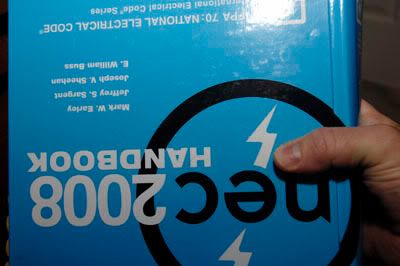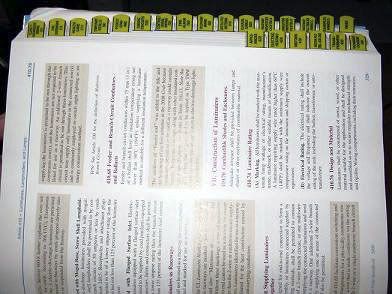charlie b said:
I finally have some time to look into this again.
Would the inspector have authority over such things as floor lamps, coffee pots, vacuum cleaners, and hair dryers? I think not, and I see these lamps as being essentially equivalent. I suspect that this is the key point on which we will end up disagreeing. My view is that the lamps are utilization equipment, and that they need neither an electrician to plug them in nor an inspector to accept their having been plugged in properly.
Certainly that phrase does not appear in 90.2. But it does make an easy, and IMHO proper, dividing line between what is and what is not covered by the NEC.
Inclusion of the word ?installed? is vital, in my point of view. If I set a lamp on the floor and plug it in, I have not ?installed? the lamp. If I put a bookcase against the wall, and if I then attach the little strap to the top of the bookcase and also to the wall (i.e., the strap that comes with the bookcase, and that is a safety precaution against the bookcase falling down during an earthquake), and if I set a clock radio on the shelf and hold it in place with double-stick tape, and if I plug the clock radio into a nearby outlet, then I will not have ?installed? the clock radio.
I think that this is an example of the problems that are faced in the noble attempt to write codebooks. Part of what makes our language interesting is the ambiguity, inexactitude, and multiple meanings of our words, and, unfortunately, this comes into play when code writers attempt to make exacting requirements. What appears to a code panel of 20 or so people to be clear as day and technically exact language ends up with tragically misconstrued interpretations.
This fact, combined with the effects on your pocketbook of any differences of opinion between you (your company) and the ahj, require that sometimes there are different approaches necessary when dealing with ahj and their interpretation of the code (when it varies wildy from yours). I have heard individuals with a very hard line approach as to how they would battle with inspectors over any difference in opinion, but I choose to be more moderate (depending on the cost) because there are always larger issues as well as better methods. So, for example, when faced with an ahj with a difference of opinion than mine, my line of thinking is something like:
1) is this simply a misinterpretation of the code ?
2) what is the intent of the code (if that is evident) ?
3) what is the industry standard (regardless of the code) ?
4) is the inspectors interpretation of the code a safer/better way ? (this only applies because personally I am interested in "best method", not code minimum)
5) how much is this ahj's interpretation going to cost me, and do I have the ammunition and desire to fight it (if the cost is more than I desire to take out of my pocket and for no good reason)
6) is this inspector a bookworm talking or a fire marshall (I defer to fire marshall's since they are the ones dragging charred bodies out of buildings) (again, this is just an example of my personal choice in dealing with ahj's)
anyhow, just thought that this was some food for thought (now I suppose I will be drawn an quartered lol)




